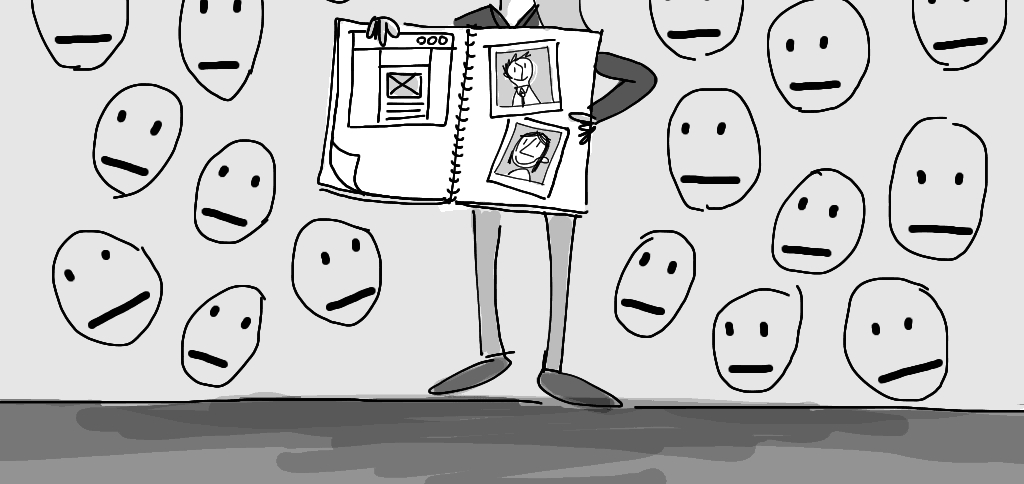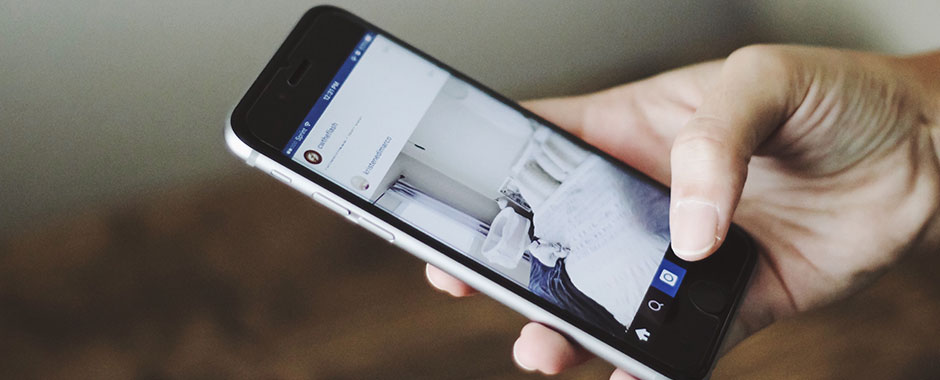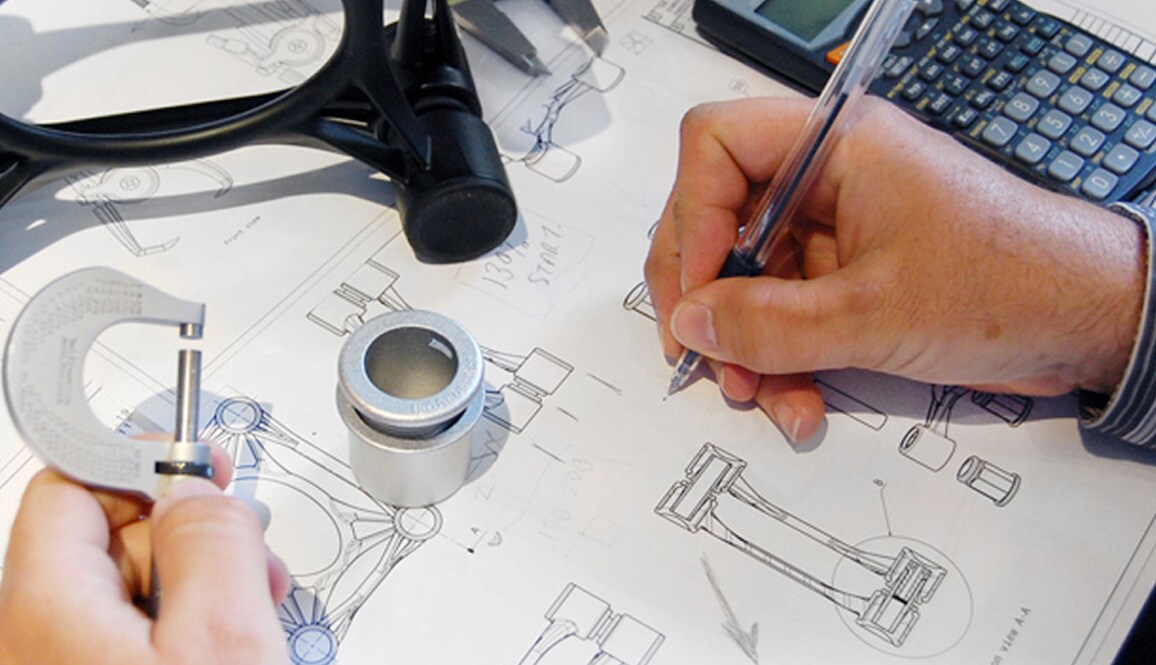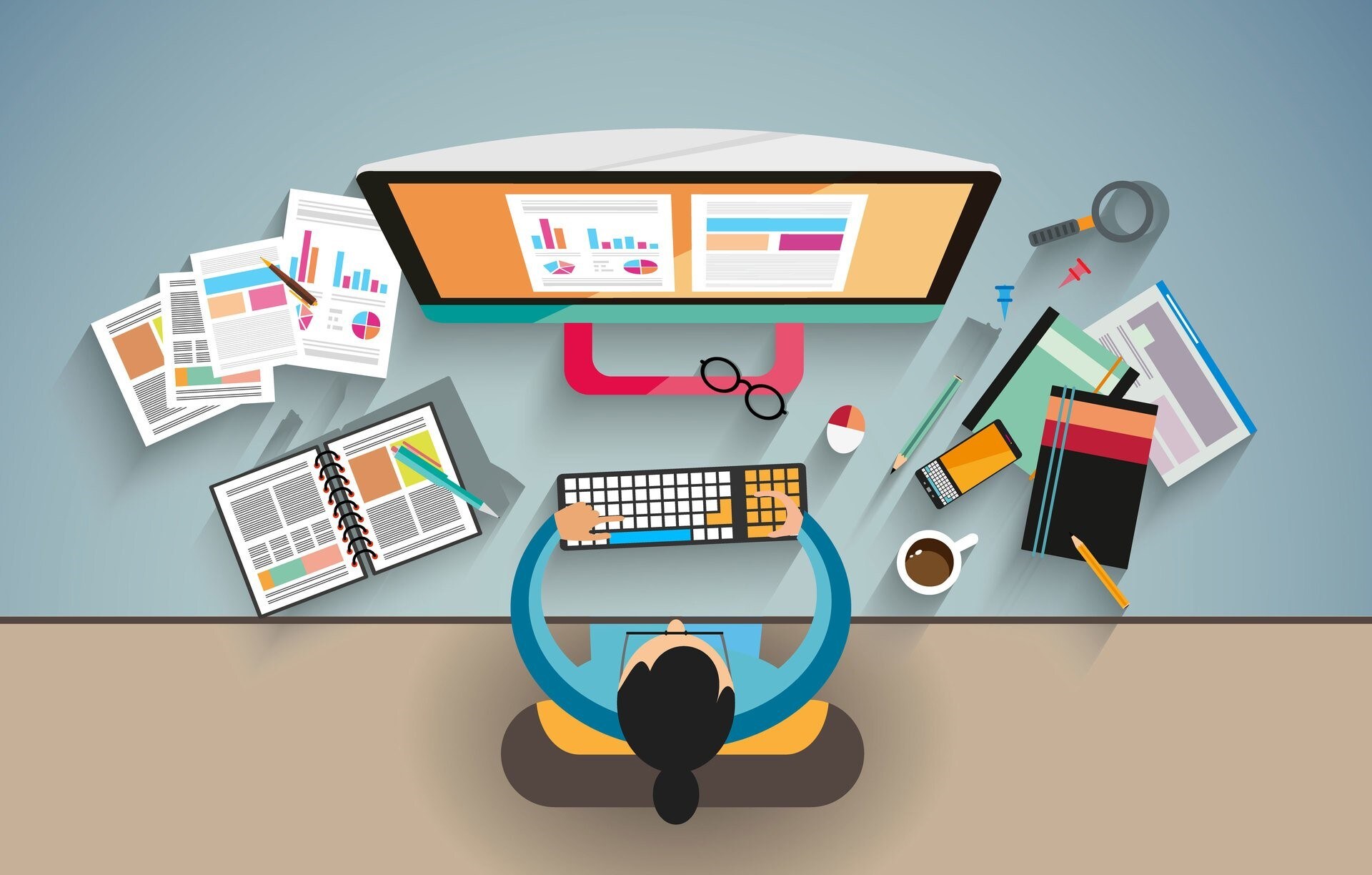Understanding UX Job Titles and Their Roles

Companies have never been before so highly motivated to ensure their users have a positive experience, which is why UX design job titles are in high demand right now. According to CNN Money, the UX job title is one of the top 50 professional job titles in the US. Hiring a UX designer is a priority for many modern companies, so in the next 5 years, managers of top organizations are going to double the number of such employees.
Looking to advance your design career and earn extra income as a designer? There is no shortage of options today. You can opt for freelance gigs. Or join or start a remote design agency. Or do it the old-fashioned way by moving to a higher-paying job within the company. Regardless of which route you take, there is one big thing that can boost that figure in your paycheck: a new, in-demand design skill.
Here are some skills that you should invest in as you advance in your design career. Every skill on this list is already in high demand among employers and clients. It will help you make extra money in the long run and really take your career to a whole new level.
1. UX Design
2. Interaction Design
3. Visual Design
4. Product Design
5. Coding Skills
6. Content Strategy
7. Research & Evaluation
UX Design

UX design is the process of increasing user satisfaction by increasing usability and ease of use, as well as pleasure during user-product interaction. The ultimate goal of UX design is to link business goals to user needs through a process of testing and determining what satisfies the needs of both parties.
A UX designer is a person who designs according to a user's needs and has a clear understanding of how that person thinks. The task of a UX designer is to make a product convenient, useful, and comfortable for users. Formally, the UX developer is responsible for the entire product development process. However, large companies tend to break down this position into several smaller ones that focus more deeply on a specific section. Therefore, it appears that UX Designers in different companies have different responsibilities.
Responsibilities: UX designers are responsible for participating in the research process, prototyping, development, and testing. Communicating with users and stakeholders is also a very important part of a UX designer's job. Knowledge of mobile design, psychology, interaction design, graphic design, and marketing disciplines is often considered pre-eminent for a UX designer.
Interaction Design

Interaction design is a discipline that examines the interaction between a system and its user. In its purest form, interaction design refers to understanding and analyzing how people interact with a product, making it more accessible (for example, making buttons larger to make user input easier).
An interaction designer's job is to manage the interaction. He decides what the interface will do after the user touches it: how the menu will slide, what transition effects will be used, how the button should be disabled. Unlike UX design, which focuses on all aspects of the system that the user interacts with, ID designers only work with specific interactions between the user and the screen.
Responsibilities: Interaction designers are responsible for creating each element on the screen that a user can do the following: click, type, tap, or swipe. They strive to make every interaction pleasant and understandable.
Product Design

Product designer - used to describe the designer who is usually involved in creating the appearance of the product. This is the person responsible for ensuring that the product design is moving in the right direction. As Justin Edmund put it, "The product designer keeps the product vision from a high level. Product designers work closely with UX, UI, or visual designers, as well as other departments such as marketing and development, in order to create a clear picture of how a product is evolving, who it is aimed at, what the stages of its creation will be.
Responsibilities: The role of a product designer varies from company to company. Some organizations use "UX designer" and "product designer" interchangeably. Reading a job description is the best way to find out what the company means by that job.
Visual Design

Image source: eLearning Industry
The goal of visual design is to make sure the product delivers a sense of quality and elicits the right emotional response from users. Visual design is the most "tasteful" and subjective type of design, but it is also the most easily judged. Visual designers take input from product and interface designers, but they are responsible for developing the "spirit" of the product. They spend most of their time working on the attractiveness of the interface elements in order to make the purpose and value of the product absolutely clear to the users.
A good visual designer knows how to make a product look good without using overly flashy details. Since the visual designer is closest to the actual product experience the user encounters, he has to devote a lot of time to detail. As a result, the visual designer gets high-resolution images, animations, or other elements that can be immediately understood by the user and included in the final product.
Visual and graphic design are very closely related and the two terms are often used interchangeably. However, when we talk about visual design, we basically mean designing exclusively for digital products (websites, mobile apps, desktop apps).
Responsibilities: Visual designers focus on typography, layout, color, graphics, visuals, images, texture, creating a cohesive aesthetic.
Principles of creating visual design
Visual design appeals to the elements above and effectively integrates them in a way that makes sense. In order to figure out how to use the basic elements, you need to consider the following questions:
- Unity refers to all elements on a page that are visually or conceptually intended to be together. Visual design must strike a balance between unity and diversity in order not to become silly or dull.
- Gestalt in visual design helps users perceive the overall design - as opposed to looking at individual elements. If the design elements are positioned properly, the gestalt of the overall design will be clear.
- Space is "defined when something is in it," as Alex White wrote in his book Elements of Graphic Design. Incorporating space into a design helps to retain attention, increase readability, and create an illusion. White space is an important part of your layout.
- Balance gives the impression of being equally distributed. This does not always mean that symmetry is achieved.
- Contrast focuses on making elements stand out, highlighting differences in size, color, direction, and other characteristics.
- Hierarchy shows the difference in meaning between elements. Designers often create hierarchies by varying font sizes, colors, and page layouts.
- Scale defines the size range. It creates interest and depth by showing how each element relates to one another based on size.
Coding Skills
Both writing and coding are trademark unicorn skills - knowing both instantly makes you more attractive to employers. A recent industry study of 500 job offers found that most employers expect both beginners and senior designers to have skills in HTML, CSS, and JavaScript (to a lesser extent jQuery, React.js, and Bootstrap ). If you want higher rates and better design performances, coding skills can put you on par with or surpass other designers.
If you don't want to risk writing in UX, try learning a coding language instead. The payback is just as great. It would be very helpful for designers to acquire some basic knowledge of what is called 'interface' (presentation layer), HTML driven (Hypertext Markup Language), and CSS (Cascading Style Sheets, a language that describes the styles of components in an HTML document), and perhaps would be surprised how easy it is to learn the basics.
Coding helps you make your creations more interactive. Instead of presenting flat layouts, you can create moving prototypes and animations to show you exactly how each design element will work. It can help you move gradually to a website and UX / UI design, or even launch your own product. Learning to code is not as heartbreaking as it sounds. Getting started is always difficult. So take a few steps for the baby first. Play some games for fun. Find a simple HTML tutorial and complete it. Break your learning process down into small daily tasks that you can actually accomplish.
Content Strategy
It is impossible to separate design and content, the appearance of the page and its usability depend on the text and its layout. Therefore, the work of a UX copywriter is directly related to the design process. In writing the text, he is guided by business tasks and data from UX designers, analysts. He works with designers, uses the same data and tools.
Content Strategy / UX copywriting is a term some people use as a synonym for UX writer. But this is not true, since the meaning is violated. Copywriting means describing a company's advertising strategy. UX copywriting is primarily about attracting attention and engaging customers. Such texts do not describe the user experience, this is pure marketing. The main goal of a copywriter is to help users learn about the product and try it out.
Responsibilities:
1. Collaborate with editors, writers, UX designers, content management system developers, and marketers to deliver stories that are aligned with business goals
2. Work with cross-functional teams to establish and articulate internal and external vital messages, and ensure that content is aligned accordingly
3. Develop content strategies for traditional and digital marketing channels, and content marketing and distribution platforms
4. Monitor web traffic and engagement (e.g. conversions and bounce rates)
5. Follow industry-related news and generate ideas around trending topics
6. Review and update published content as needed
Research & Evaluation
During the research, the user experience designer gets a better picture of the users and tries to understand problems and behavior. With methods such as contextual user interviews, personas, and empathy maps, the basis for the optimal product experience is laid here. Without research and knowledge of the target groups, it is often difficult to develop good ideas. This type of research is usually called user or design research and knowledge of the corresponding methods is very important for user experience designers.
During the evaluation, the user experience designer uses his technical expertise to evaluate an existing product or service. Usually, this is done with a so-called heuristic review, i.e. a systematic and written evaluation according to certain user experience criteria. The evaluation of existing products and functions does not play the greatest role in the everyday life of the user experience designer but is nonetheless important in order to create a good starting point for optimization.
Conclusion
The design industry has evolved quite a lot over the past few years, and as you can see, it is quite difficult to clearly define what is needed from a person in a certain position. When it comes to UX design job titles, it is important to understand that all of the disciplines and skills described above cannot be completely taken and divided if you truly want to create a consistent and cohesive experience! At the same time, such a wide variety of them provides a large number of opportunities for choosing the most interesting area for you.

